It might be easier to ask, what doesn’t keep a CIO up at night? And the answer is: not much.
First, and this may go without saying, there are multiple spectrums on which CIOs exist. Most have risen through the ranks of technology, while a few have an “other” background like operations, marketing, finance, or business. Many are forward-thinking and innovative. Some aren’t. Some work for companies which are forward-leaning and looking to digitally transform. Others don’t. Thus, the questions that keep a CIO up at night are deeply personal and tend to vary from one CIO and company to the next.
All companies rely on technology to some extent for their success, and more and more companies depend on it heavily, at an increasing rate. This creates a natural pressure applied to the technology leadership of a company to lead and not just to react. Technology executives are being asked more and more to play a more significant role in the leadership and future growth of their organizations, rather than just to keep the technology lights on and put out technology fires. If we accept this basic premise, then there are three macro struggles that are of significant concern to CIOs:
- awareness of the business aspect of the company
- the unrelenting rate of change with technology, and
- being an effective leader in a dynamic era in which tech has the most important seat at the executive table
Business Savvy
Many CIOs simply do not have the same level of business acumen as they do technology prowess. That’s not a knock on the CIO community, and I don’t even believe it’s really a problem – it’s actually an incredible opportunity. Most CIOs came up through the technology ranks and are now working hard to bring their business awareness up to speed. This is more than just general business sense and understanding of things like marketing, operations, sales, and how they interconnect. CIOs build a deep understanding of the actual business of the organization they are helping to lead, making sure their intimate knowledge of that business is applied to their strategic efforts on the technology side.
There are excellent programs available (happy to recommend offline to anyone interested!) from University business schools, tech/leadership consulting firms, and other third parties, to help bridge this gap and develop additional business skills.
Changes in Technology
The changing environment for a CIO also presents a complex challenge from a leadership standpoint. Many CIOs are transitioning from managing a technology team to leading a business in part by leveraging that technology team. This requires both cultivating new relationships with executive peers and a continued commitment to progress on the technology side of things so that everything can function smoothly. There is no end to the leadership and interpersonal effectiveness training opportunities here: no shortage of programs available to address these needs. There is also an organizational health component to this. When effectively implemented, it makes life a whole lot easier not just for the CIO, but for the entire organization they serve. Folks like The Table Group Consulting have world-class, proven methodologies for addressing these needs.
Effective Leadership for the Brave New Business World
Finally, thanks to the blistering pace of change in the technology landscape, CIOs are being pulled in many new and different directions. It’s not simply only the compounding effect of billions of dollars flowing through venture capital firms into thousands of startups every year. CIOs are constantly trying to sort through relevant trends, companies, and technology solutions with long-term viability to a CIO’s specific needs. In short: the CIO’s tech leadership role has become infinitely more challenging. I’ve met CIOs with billion-dollar annual IT budgets, thousands of employees, but no one person (let alone group) dedicated to understanding the needs of the business. These needs include: building innovative relationships, researching the market, building a vetting process, filling the top of the funnel, building an adoption methodology, testing what emerges from the bottom of the funnel, and effectively implementing the right solutions.
Thankfully there are answers here, too. The venture community is starting to offer more avenues for CXO connectivity into relevant technologies. And to be fair, some top tier firms like Sierra, Greylock and Lightspeed have been doing this with excellence for some time. Having seen the potential benefit of CIOs prioritizing the right innovation, my own company, The Syndicate Group, was formed to address this challenge for CIOs by aggregating all of enterprise tech innovation at the top of the funnel. This nearly eliminates the chance of a CIO missing out on a startup or technology solution that could make a dramatic impact on their business. Are there plenty of things to keep a CIO up at night? Sure. But there are also lots of great options available to quiet those anxieties, making for a very restful sleep. With these resources in hand, the question for each CIO then becomes: how well do you sleep at night?
I’d love to hear about your experiences in the CXO environment! Post a comment here below and let me know what’s keeping you up at night or the methods you have found to address these challenges.



